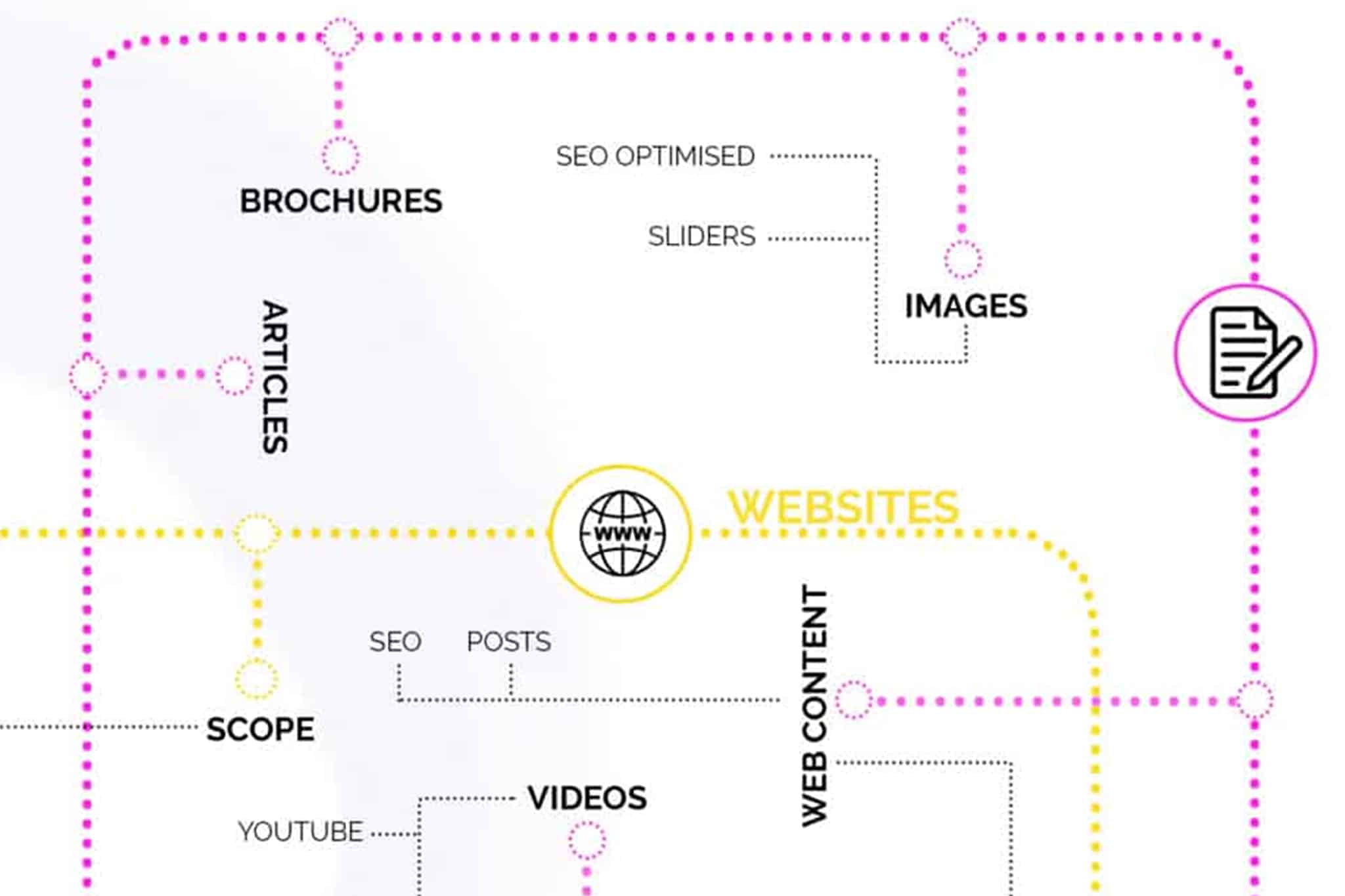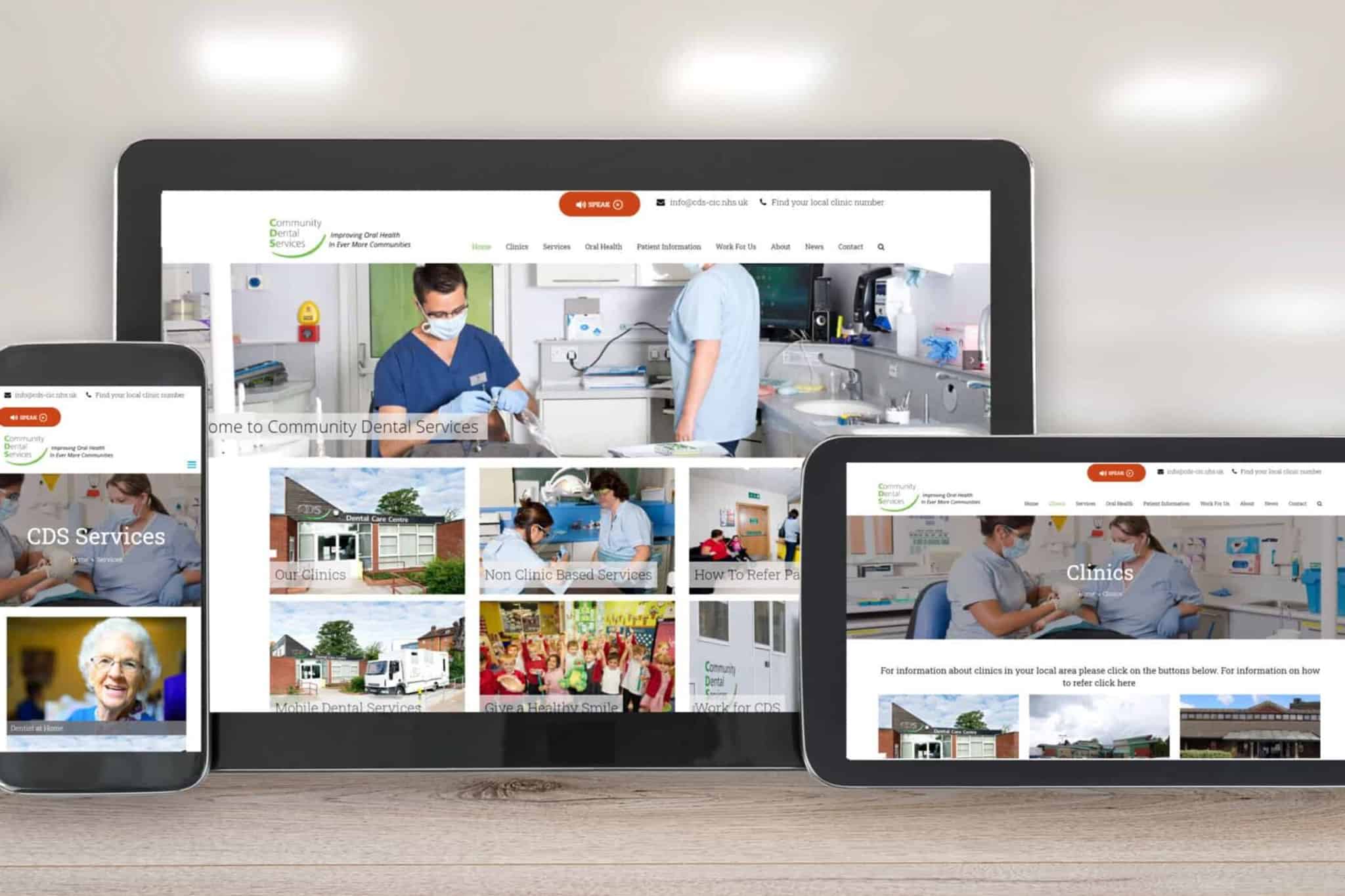Getting Your Proposition Right Through Keywords and Conversations
When crafting a proposition, it’s essential to use the right keywords and have a conversation that resonates with your target audience. Here are some tips to help you get your proposition right:
- Identify your target audience: Before you can craft a proposition that resonates with your audience, you need to know who they are. Consider factors such as age, gender, location, interests, and pain points.
- Use the right keywords: Once you know your target audience, use the keywords they’re likely to use when searching for your product or service. For example, if you’re targeting parents, use keywords such as “child-friendly,” “affordable,” and “convenient.”
- Solve a problem: Your proposition should solve a problem that your target audience is facing. Identify their pain points and offer a solution that they can’t refuse.
- Be clear and concise: Your proposition should be clear and concise, and it should communicate the value of your product or service in a few sentences.
- Use conversational language: Use conversational language that resonates with your target audience. Avoid using jargon or technical terms that they may not understand.
- Highlight the benefits: Emphasise the benefits of your product or service rather than its features. For example, if you’re selling a car, focus on the benefits such as fuel efficiency, safety, and comfort.
- Test and refine: Test your proposition on a small scale and refine it based on feedback from your target audience. Continuously refine and improve your proposition until it resonates with your audience and generates the desired results.
By following these tips, you can create a proposition that captures the attention of your target audience and persuades them to take action.
Scenario of language used when looking for a product / service
If you own a shop or business, you have conversations with your prospects and customers (The same is true with the opportunity presented when they land on your website) therefore getting your proposition right is a fundamental issue.
On the web people are using keywords / key phrases in search because they are looking for help to a problem, question or purchase, So, let’s consider the following fictional (or not so fictional) scenario
- Keyword used – Dog friendly boat hire Wroxham
- Real world conversation “Hi can I hire a boat we will have our dog “Rex” with us
How would you reply?
1: Certainly, we have a fleet of over 200 boats that we hire, not all are suitable for dogs. Would you like me to show you them all anyway?
- Within a shop environment – the person can ask again
- Within the web it’s the back button or an alternative search
2: Reply with a load of irrelevant and verbose / BS that makes it really difficult for me to find the information that I actually wanted
3: Certainly, Sir we have a range of dog friendly boats available for hire. How many people will be joining you on the boat
Let’s consider keyword variations
- Do you have dog friendly boat hire?
- Can I hire a boat suitable for dogs?
- Can I take a dog on my hire boat?
- Wroxham dog friendly boat hire
Intent = Rankings and Conversions
- If your website is your online equivalent of your shop
- Your shop sign and your in-store displays tell people about what you provide
- When someone walks into your shop (footfall) you greet them
- By looking at the quality of the shop, fixtures, fittings, staff I get an impression / perception on how good the shop might perform
So, your web page is the equivalent of that physical shop
Header : Andy’s Boats
Slider: Dog Friendly Boats For Hire
Call to action buttons: Book now – Date , Duration, Adults, Children Pets- Price – Book Now
Supplementary information: Our boat range | Special Offers | Request A Brochure | Late Availability
The Real World Scenario Involving Competitors
- Your shop is open but your competitor hires more
- You are selling a luxury brand
- They are offering a cheaper low quality service
Do you
- Put a sign in the window saying that you now supply cheap boats
- Understand that the people hiring cheaper boasts are not your target audience
- Change your business model
Getting Your Proposition Right Through Keywords and Conversations
To find out more about marketing, sales and websites click here, to contact Andrew Goode an experienced marketing and sales professional directly click here
Defining the problem is critical if you are to achieve effective problem solving
A classic ‘broad’ organisational problem
Over the years I have heard many organisations raise this as an issue that needs resolving “How can we improve communications?” Invariably in this format the problem seems like a major challenge.
Effective communication is an essential component of any successful organization. However, despite its importance, communication breakdowns are a common problem in many workplaces.
Misunderstandings, missed deadlines, and conflicts are just a few of the negative consequences that can result from poor communication. In this article, we will explore the broad organizational problem of communication, examining the root causes, the impact on the workplace, and strategies for improving communication practices.
Whether you are a business owner, manager, or employee, understanding the importance of effective communication and developing the skills necessary to communicate effectively can help you build stronger relationships, improve productivity, and achieve your organizational goals.
Breaking down the problem for clarification
What exactly does “How can we improve communications” mean. If we break the question down we can start to get a better idea. A process to improve clarification is for a group responsible for solving the problem to brainstorm the key elements. So lets do that for this problem
What does ‘We’ mean?
- Us
- Our
- Group
- Everybody’s
- Together
- Stakeholders
- I
- Me
- Team
- Suppliers
- Customers
- etc
What does ‘Improve’ mean?
- Better
- Reduce
- Increase
- Decrease
- Focus
- Inspire
- Concise
- Timely
- Make faster
- etc
What does “Communication” mean?
- Memos
- E mails
- Team meetings
- To customers
- To suppliers
- Proposals
- Staff briefings
- To Employees
- Etc
An Approach To Better Clarifying A Business Problem Getting specific
Now we have the chance to prioritise and be very specific about what we might want to achieve. So identify the elements that meet your actual needs
For example “How can the sales team provide faster more accurate information to customers”
or
How can the management team better brief staff on company performance
Now that we have got specific it is easier to identify approaches to solving the business issue
Tip 1 – Make /allow quality time for complex problem solving. Provide break out areas for relaxation and be amazed what happens to problem when you relax and start acting naturally.
Tip 2: Next time you and your team have a complex problem that isn’t being resolved try redefining as per the example above and see if making the problem more specific makes its easier to resolve.
Getting Your Proposition Right Through Keywords and Conversations
When it comes to optimising your proposition through keywords and conversations as an SME (Small and Medium-sized Enterprise), there are several key factors to consider. These factors will help you effectively communicate your value proposition and engage with your target audience.
First and foremost, thorough audience research is essential. Take the time to understand your target audience inside out. Identify their needs, preferences, and pain points. This understanding will be the foundation for tailoring your keywords and conversations to resonate with them effectively. By aligning your messaging with their specific needs, you can capture their attention and communicate the value your business offers.
Keyword research plays a critical role in optimising your proposition. Conducting comprehensive keyword research allows you to identify the relevant keywords and phrases that your target audience is likely to use when searching for products or services like yours. Keyword Tools such as Google Keyword Planner, SEMrush, or Moz Keyword Explorer can assist you in discovering popular and relevant keywords in your industry. By incorporating these keywords strategically into your content, you can enhance your visibility and attract relevant traffic.
Analysing your competition’s keyword strategies is another important aspect. By studying what keywords your competitors are targeting, you can identify gaps and opportunities in the market. Look for alternative keywords that may give you a competitive advantage or uncover untapped niches. This analysis allows you to refine your keyword selection and stand out in the crowded marketplace.
While selecting keywords, it is crucial to focus on long-tail keywords. These are longer, more specific phrases that have lower competition compared to broader keywords. Targeting long-tail keywords enables you to capture more targeted and high-quality traffic. These keywords often indicate higher intent, as users searching for specific phrases are typically closer to making a purchasing decision.
In the age of conversational search, it is vital to use a conversational tone in your content. Voice search and virtual assistants have made conversational queries more prevalent. Thus, optimising your keywords and conversations to match natural language and conversational queries is essential. Consider how users would phrase their queries when speaking, and incorporate those conversational elements into your content.
Your keywords and conversations should align closely with your unique value proposition. Clearly communicate what sets your business apart from competitors and how your products or services address your customers’ pain points. Differentiate yourself by highlighting the value you offer, emphasising the benefits customers can gain by choosing your business. This alignment ensures that your proposition is effectively conveyed to your target audience.
Understanding user intent is crucial in crafting effective keywords and conversations. Different keywords indicate different intents, such as informational, transactional, or navigational intent. By understanding the intent behind specific keywords, you can tailor your content and conversations to align with what users are seeking. This approach enhances the relevance and effectiveness of your messaging, leading to higher engagement and conversion rates.
Creating high-quality content that incorporates your keywords naturally is paramount. Develop informative and engaging content that provides value to your audience. This could include blog posts, videos, social media content, and more. By delivering relevant and valuable information, you establish yourself as an authority in your industry and build trust with your audience.
Engaging with your audience through conversational platforms is also essential. Utilise live chat on your website, social media platforms, messaging apps, or chatbots to interact with your customers. Be responsive and provide helpful information, addressing their queries and concerns promptly. By offering a seamless and personalised conversational experience, you can enhance customer satisfaction and loyalty.
Lastly, regularly monitor and analyse the performance of your keywords and conversations. Utilise web analytics tools like Google Analytics to track the effectiveness of your efforts. Measure important metrics such as traffic, engagement, and conversions. Analysing this data allows you to make data-driven decisions, identify areas for improvement, and iterate your keyword and conversation strategies accordingly.
Using the right keywords when selling is very important because it can directly impact the visibility and reach of your products or services to potential customers. The right keywords can help your products or services appear in search results when people are looking for them, making it easier for them to find what they are looking for.
Additionally, using the right keywords can also help you target the right audience and increase the chances of conversions. If you use the wrong keywords, you may attract the wrong audience, leading to a low conversion rate and wasted advertising spend.
Therefore, it’s crucial to conduct keyword research and use relevant and targeted keywords in your product descriptions, titles, and tags to improve your visibility, attract the right audience, and ultimately drive sales.
If you would like to know more about getting your proposition right contact Andrew Goode MBA, MSc, FCIM Click here to arrange a call
Other articles linked with marketing metrics that may provide additional insight. Marketing metrics and analytics, marketing ROI Planning , marketing revenue analytics and Marketing Measurement Metrics












